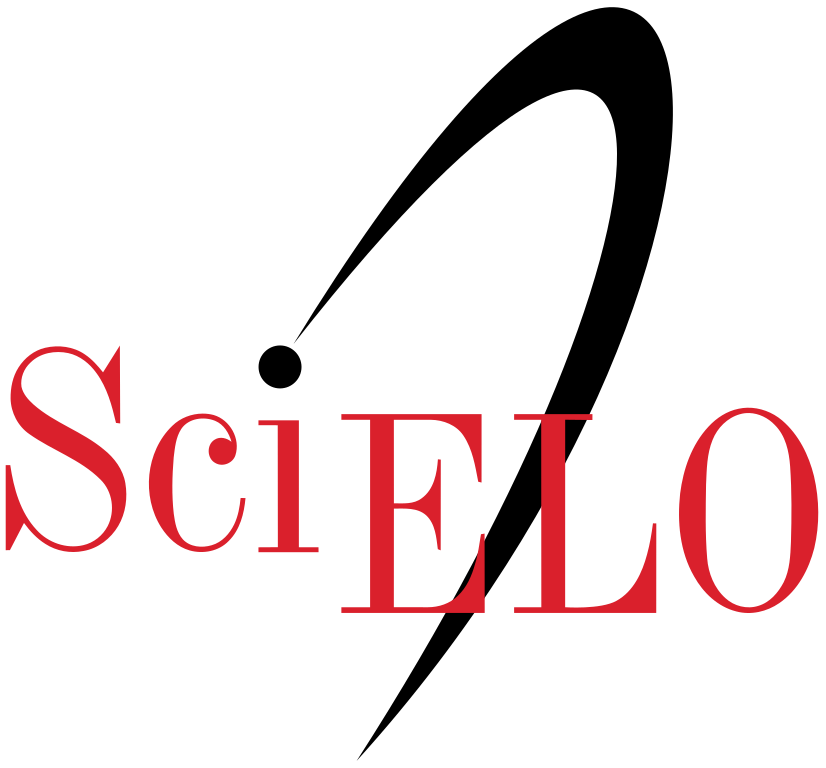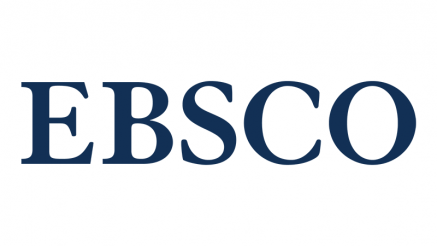Upper limb fine motor rehabilitation system using serious games
DOI:
https://doi.org/10.14482/inde.41.01.615.985Keywords:
glove, rehabilitation, serious games, virtual realityAbstract
This work describes the way in which serious games are used in virtual reality for fine motor rehabilitation in an upper limb, as a possible rehabilitation tool for patients who have suffered a cerebrovascular accident. A glove equipped with flexible sensors was built, which allows to move a virtual hand on the computer. A virtual environment was implemented in Unity 3D where the patient is registered, and where his rehabilitation is stimulated through four games under the supervision of the therapist. The four implemented games allow developing the spherical, cylindrical and pincer grasp, as well as the global mobility of the fingers. The system was tested with 12 users. It is expected that the project developed can become an additional tool for the therapist to schedule various rehabilitation sessions for the patient.
References
S. Omama et al., “Ten-Year Cerebrovascular Disease Trend Occurrence by Population-based Stroke Registry in an Aging Japan Local Prefecture”, J. Stroke Cerebrovasc. Dis., vol. 29, nº. 3, p. 104580, 2020. doi: 10.1016/j.jstrokecerebrovasdis.2019.104580.
E. V. Donoso Brown, B. J. Dudgeon, K. Gutman, C. T. Moritz y S. W. McCoy, “Understanding upper extremity home programs and the use of gaming technology for persons after stroke”, Disabil. Health J., vol. 8, nº. 4, pp. 507-513, 2015. doi: 10.1016/j.dhjo.2015.03.007.
L. Merchán Van Hilten and R. P. Romero-Galisteo, “Terapia de movimiento inducido por restricción en hemiplejía infantil. Revisión sistemática de la literatura”, Fisioterapia, vol. 41, nº. 1, pp. 28-36, 2019. doi: 10.1016/j.ft.2018.11.002.
D. Ugolini et al., “Bibliometric analysis of literature in cerebrovascular and cardiovascular diseases rehabilitation: Growing numbers, reducing impact factor”, Arch. Phys. Med. Rehabil., vol. 94, nº. 2, pp. 324-331.e1, 2013. doi: 10.1016/j.apmr.2012.08.205.
J. P. Piek, G. B. Baynam y N. C. Barrett, “The relationship between fine and gross motor ability, self-perceptions and self-worth in children and adolescents”, Hum. Mov. Sci., vol. 25, nº. 1, pp. 65-75, 2006. doi: 10.1016/j.humov.2005.10.011.
J. Arunkumar, P. Hur, B. Motawar y N. J. Seo, “Low-cost virtual reality game for upper limb rehabilitation using kinect and p5 glove”, 37th Annu. Meet. Am. Soc. Biomech., vol. 37, pp. 5-6, 2013.
N. Yanez, J. N. Useche, H. Bayona, A. Porras y G. Carrasquilla, “Analyses of Mortality and Prevalence of Cerebrovascular Disease in Colombia, South America (2014-2016): A Cross-Sectional and Ecological Study”, J. Stroke Cerebrovasc. Dis., vol. 29, nº. 5, p. 104699, 2020. doi: 10.1016/j.jstrokecerebrovasdis.2020.104699.
T. Sone et al., “Prediction of upper limb recovery in the acute phase of cerebrovascular disease: study design and socio-demographic profiles, medical profiles,and acute symptoms of participants at baseline”, Nihon Eiseigaku Zasshi., vol. 70, nº. 1, pp. 62-68, 2015. doi: 10.1265/jjh.70.62.
R. Cano-de-la-Cuerda et al., “Teorías y modelos de control y aprendizaje motor. Aplicaciones clínicas en neurorrehabilitación”, Neurologia, vol. 30, nº. 1, pp. 32-41, 2015. doi: 10.1016/j.nrl.2011.12.010.
A. K. Rao y A. Einstein, Cognition and Motor Skills, 2a ed. Mosby, Inc., 2006.
M. I. Diez-Alegre y R. Cano de la Cuerda, “Empleo de un video juego como herramienta terapéutica en adultos con parálisis cerebral tipo tetraparesia espástica. Estudio piloto”, Fisioterapia, vol. 34, nº. 1, pp. 23-30, 2012. doi: 10.1016/j.ft.2011.09.001.
M. I. Diez-Alegre y E. Muñoz-Hellín, “Empleo de sistemas de realidad virtual sobre la extremidad superior en niños con parálisis cerebral. Revisión de la literatura”, Fisioterapia, vol. 35, nº. 3, pp. 119-125, 2013. doi: 10.1016/j.ft.2012.10.002.
M. J. López, “Teorías del control motor, principios de aprendizaje motor y concepto Bobath a propósito de un caso en Terapia ocupacional”, Rev. electrónica Ter. Ocup. Galicia, TOG, vol. 10, n. 18, p. 13, 2013. [En línea]. Disponible en: http://dialnet.unirioja.es/servlet/articulo?codigo=4509143&info=resumen&idioma=ENG.
H. G. Hoffman et al., “Virtual reality hand therapy: A new tool for nonopioid analgesia for acute procedural pain, hand rehabilitation, and VR embodiment therapy for phantom limb pain”, J. Hand Ther., vol. 33, nº. 2, pp. 254-262, 2020. doi: 10.1016/j.jht.2020.04.001.
M. A. Montalbán y O. Arrogante, “Rehabilitation through virtual reality therapy after a stroke: A literature review”, Rev. Cient. la Soc. Esp. Enferm. Neurol., vol. 52, pp. 19-27, 2020. doi: 10.1016/j.sedene.2020.01.002.
A. N. Caicedo Rosero, “Sistema de rehabilitación de motricidad fina basado en juegos y en movimientos repetitivos, un caso de estudio”, Universidad del Cauca, 2018.
X. Chen, X. Wu, Y. Gong, C. Qu y H. Wang, “Hand rehabilitation training system based on virtual reality technology”, CN107485826, 2017.
“Arduino Projects”, 2022. https://lastminuteengineers.com/.
S. E. Length, “Dimensional Diagram - Stock Flex Sensor How to Order - Stock Flex Sensor How It Works Rev A2 - Page 1 Schematics”, vol. 1, nº. 888, pp. 1-2.
J. Liu, “Unity 3D animation modeling based on machine vision and embedded system”, Microprocess. Microsyst., vol. 82, p. 103934, 2021. doi: 10.1016/j.micpro.2021.103934.
D. Avola, L. Cinque, G. L. Foresti y M. R. Marini, “An interactive and low-cost full body rehabilitation framework based on 3D immersive serious games”, J. Biomed. Inform., vol. 89, pp. 81-100, 2019. doi: 10.1016/j.jbi.2018.11.012.
M. M. Bradley y P. J. Lang, “Measuring emotion: The self-assessment manikin and the semantic differential”, J. Behav. Ther. Exp. Psychiatry, vol. 25, nº. 1, pp. 49-59, 1994. doi: 10.1016/0005-7916(94)90063-9.
Published
How to Cite
Issue
Section
License
Copyright (c) 2023 Revista Científica Ingeniería y Desarrollo.

This work is licensed under a Creative Commons Attribution-NonCommercial 4.0 International License.









